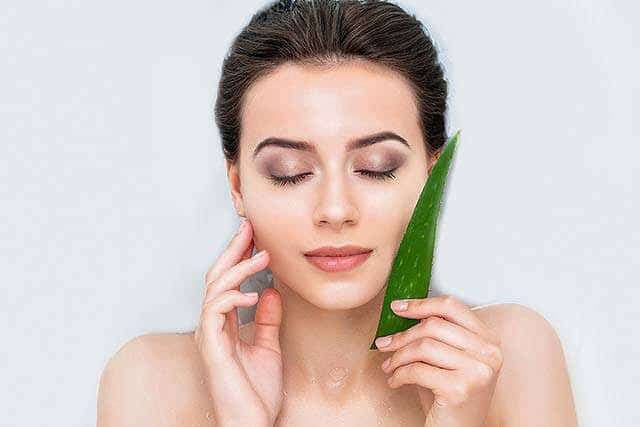
Do you ever think of how your everyday beauty routine influences the environment? How unfavorable is the effect of the chemical products you use every day? Well, preferring eco-friendly lotions, creams and shampoos is a substantial choice.
We know that several cosmetic manufacturers are exploring more natural and environmentally-friendly elements and ingredients for their products. With this, the advantages of “green” beauty products expand beyond trends.
Also Read: A Brief Guide To Cosmetic Trends in 2021
What Are Green Cosmetics?
In modern marketing, the phrase “green” has become similar to “organic” or “healthy.” When a customer sees the term “green cosmetics,” they will implicitly make eco-friendly inferences about the commodity or company.
In contemporary times, several cosmetics industries are using natural ingredients produced from renewable raw materials to make cosmetic products. In addition, several of them are also using petrochemical components derived from petrol, a non-renewable and economically inconsistent resource.
Besides, bio-based oleochemicals developed from renewable plant and bacteria sources and are the core of the green cosmetics trend.
Also Read: Rare Beauty by Selena Gomez: All you need to know
How Are Sustainable Cosmetics Made?
Cosmetics manufacturers worldwide are pursuing these oleochemicals, along with other conceivable sources for them. Some of the examples for familiar natural sources include:
- Natural Oils: Palm and coconut oils are always used to develop fatty alcohols, which are utilized as chemical surfactants. Other oils comprise argan oil and avocado oil.
- Agricultural Plants: Soybeans, corn, and other agrarian plants are used throughout the cosmetic business to manufacture oils and alcohol. Green cosmetic emulsifiers, surfactants, and biocatalysts are developed using these plants, which can be cheaply and sustainably sourced.
- Bacteria: Deinococcus bacteria, a bacterium researched by Deinove in France for its chemical generation properties. Deinove has utilized the bacterium to develop aromatic ingredients and pigments for the cosmetic enterprise, affecting a probable market value in the hundreds of millions of dollars.
Examples of Sustainable Cosmetics
Several manufacturers have found achievement using oleo chemical-based products. Interestingly, beyond developing high-quality and effective commodities, they have attained a loyal customer following. Here are some of the most famous, sustainable cosmetics corporations and their products:
- Native: Native manufactures deodorants with organic, natural ingredients. Their oleochemical-derived components include shea butter, coconut oil, and castor bean oil.
- Burt’s Bees: From simple beeswax candles to a lip-product minion, Burt’s Bees has evolved into a global leader in sustainability. They depend on botanical oils, herbs, and beeswax to come up with their world-recognized commodities.
- RMS Beauty: delivers a wide range of cosmetics, from foundation to mascara. They use low-heat processing to guarantee their ingredients remain as natural as possible.
- Blissoma: Focusing on skincare. Their preservative-free cosmetics contain natural ingredients like fruit enzymes, Vitamin C, and organic herbs and grains.
- Drunk Elephant: manufactures a range of sustainable skincare commodities.
Also Read: Plus Size Models that have completely changed the game!
The Future of Sustainable Cosmetics
The cosmetic industry shifting to sustainable cosmetics production has a feasible future. The thriving concern in sustainable cosmetics has had a substantial effect on the cosmetics market. With an increasing number of customers and dealers demanding cosmetics with natural or endurable components, studies revealed that the green cosmetics industry has sustained a 15 percent annual growth rate.
Final Word!
If a cosmetic commodity has a natural and organic brand, it means that it is 95% composed of organic components. The main distinction between an eco-cosmetic and a conventional one can be found on the ingredient list. Conventional cosmetics usually include silicones, mineral oils, synthetic polymers, preservatives, and artificial perfumes.
Whereas, in organic cosmetics, we have natural elements, such as vegetable oils, essential oils, effective ingredients, and natural perfumes which displace the synthetic elements.
“Skincare is like dieting. You have to invest time and effort. There is no instant miracle or cure.”
Image courtesy: Femina
Udisha Srivastav is a Freelance Content Writer with Femsay.com

